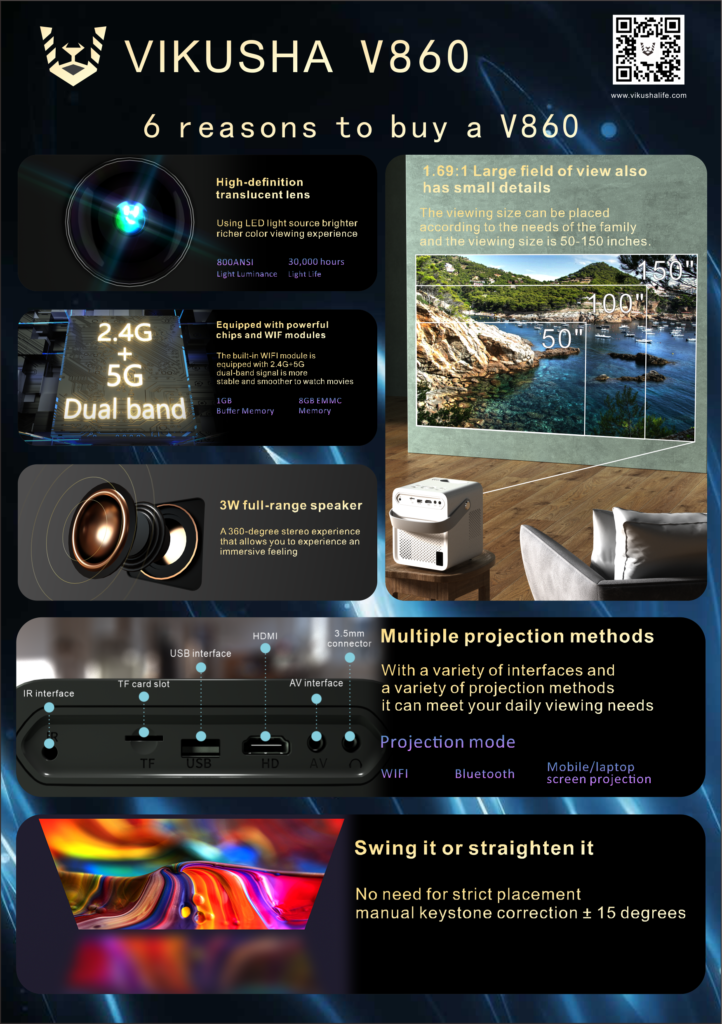Introduction
Word Count: 1500 | Approximate Reading Time: 7 minutes
Choosing the perfect projector can seem like a daunting task, especially with the wide variety of options available in the market today. This guide aims to help you navigate through the sea of choices and help you find a projector that fits your needs perfectly.
Understanding Your Needs
Before diving into the nitty-gritty details of projector specifications, it’s crucial to understand your specific needs. Are you planning to use the projector for home entertainment, business presentations, or a home office setup? Your requirements will heavily influence the type of projector you should buy.
Essential Features to Consider
When selecting a projector, there are several key features to consider. These include the projector’s brightness, resolution, contrast ratio, and connectivity options.
Brightness
Projector brightness, measured in lumens, determines how well you can see the projected image in different lighting conditions. A higher lumen rating means a brighter projection, which can be useful for rooms with lots of ambient light.
Resolution
Resolution refers to the number of pixels that make up the projected image. A higher resolution means a more detailed and crisp image.
Contrast Ratio
Contrast ratio is the difference between the darkest black and the whitest white that a projector can produce. A higher contrast ratio results in better image quality with more detailed shadows and highlights.
Connectivity Options
Modern projectors come with a variety of connectivity options such as HDMI, USB, VGA, and even wireless connections. Choose a projector that supports the devices you plan to use with it.
Conclusion
Choosing the perfect projector doesn’t have to be complicated. By understanding your needs and considering the essential features, you can find a projector that enhances your viewing experience. Remember, the best projector for you is one that fits your specific needs and budget.



